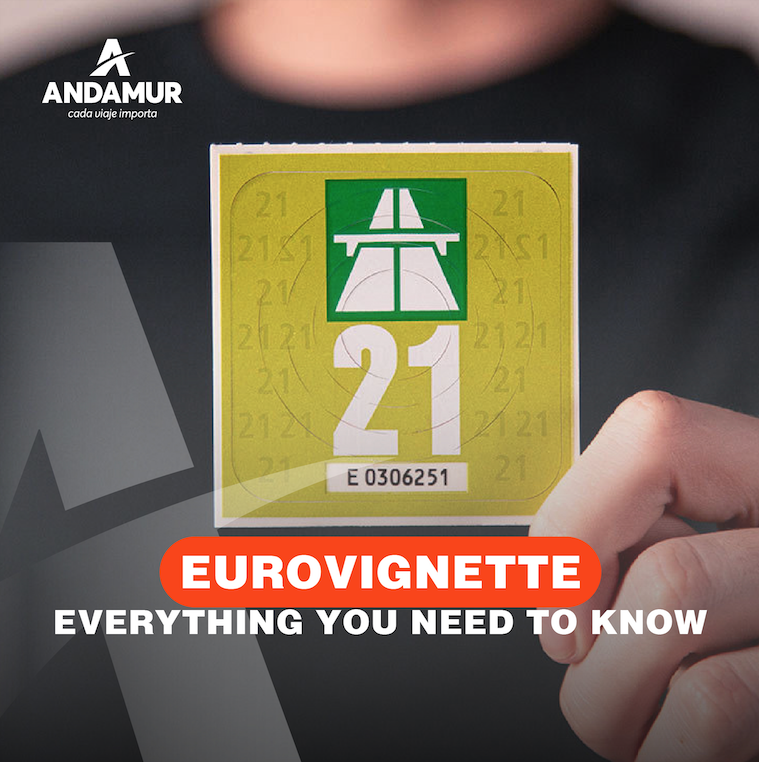Eurovignette, everything you need to know

In the dynamic world of road transport, the Eurovignette emerges as a toll system that seeks to revolutionize the way heavy transport is taxed. This innovative approach takes its name from the distinctive sticker that adheres to the front glass of vehicles, but its impact goes far beyond the surface.
How does the Eurovignette work?
The Eurovignette has evolved with its latest reform, moving boldly towards incorporating factors that more accurately capture the ecological footprint and environmental responsibility of freight vehicles. Previously focused on the rate calculated based on driving time, this evolution points towards the consideration of crucial aspects such as the distance traveled and the CO2 emissions. This change marks a milestone in the ongoing effort to align the transportation industry with global environmental goals.
Those affected by the Eurovignette
Trucks with a weight more than 12 tons have been the main protagonists of this initiative. However, the scope of the Eurovignette could be extended further, as discussions are underway to include lower tonnage vehicles, such as vans and minibuses, in the toll regime. The European Union has its sights set on the year 2026 as a possible starting point for this inclusion, as long as technical feasibility allows it, as established by the Council of the EU.
Origin and purpose
Since its origins, the Eurovignette has been a proactive response to environmental concerns and the need to address the costs inherent in the use of infrastructure. Organizations such as the National Federation of Transport Associations of Spain (FENADISMER) have highlighted how tariffs applied to each vehicle will reflect their emissions levels and the number of axles that comprise it, marking a significant departure from traditional considerations based solely on driving hours.
Voices and Perspectives around the Eurovignette
At the end of 2021, driving professionals raised their voices in search of drastic and urgent changes. Their demands ranged from countermeasures to counter the constant escalation in fuel prices, until the substantial improvement in rest areas for drivers. One of the hottest points was resistance to the “implementation of the Eurovignette”, a term that may sound foreign to those outside the sector. This is because the implementation of this toll could lead to a potential increase in the cost of exports and imports, putting pressure on the competitiveness of products and the economy in general.
National Implementation
An interesting feature of the Eurovignette is its not mandatory for all member countries of the European Union. These countries have the option of notifying the European Commission in advance of their decision not to adopt this system, as long as they can demonstrate that its implementation would cause traffic diversions with undesired consequences. To date, only four of the 27 member countries have implemented this figure (Denmark, the Netherlands, Belgium and Luxembourg), marking a divergence in the adoption of this measure at the continental level.
Future of the Eurovignette
In the coming months, a greater diffusion of this measure at the European level is anticipated, which requires that transport companies and Driving professionals stay tuned for news regarding the Eurovignette. This system is on track to transform the way we think about tolls and sustainability in road transport, requiring constant adaptation and a deep understanding of its implications.
In summary, the Eurovignette is presented as a significant innovation in the world of transportation heavy road tax, with its focus on more diversified taxation criteria and its potential impact on economic competitiveness and environmental sustainability. As this initiative evolves and expands, it continues to be a crucial focus for the transport sector and the European economy as a whole.
In Andamur we’re ready to help you, contact us.





